Who Done It? Breaking Down the Fourth Episode of ‘True Detective’
Is Freddy Burns guilty? What happened to Dan O’Brien? How great is Stephen Dorff?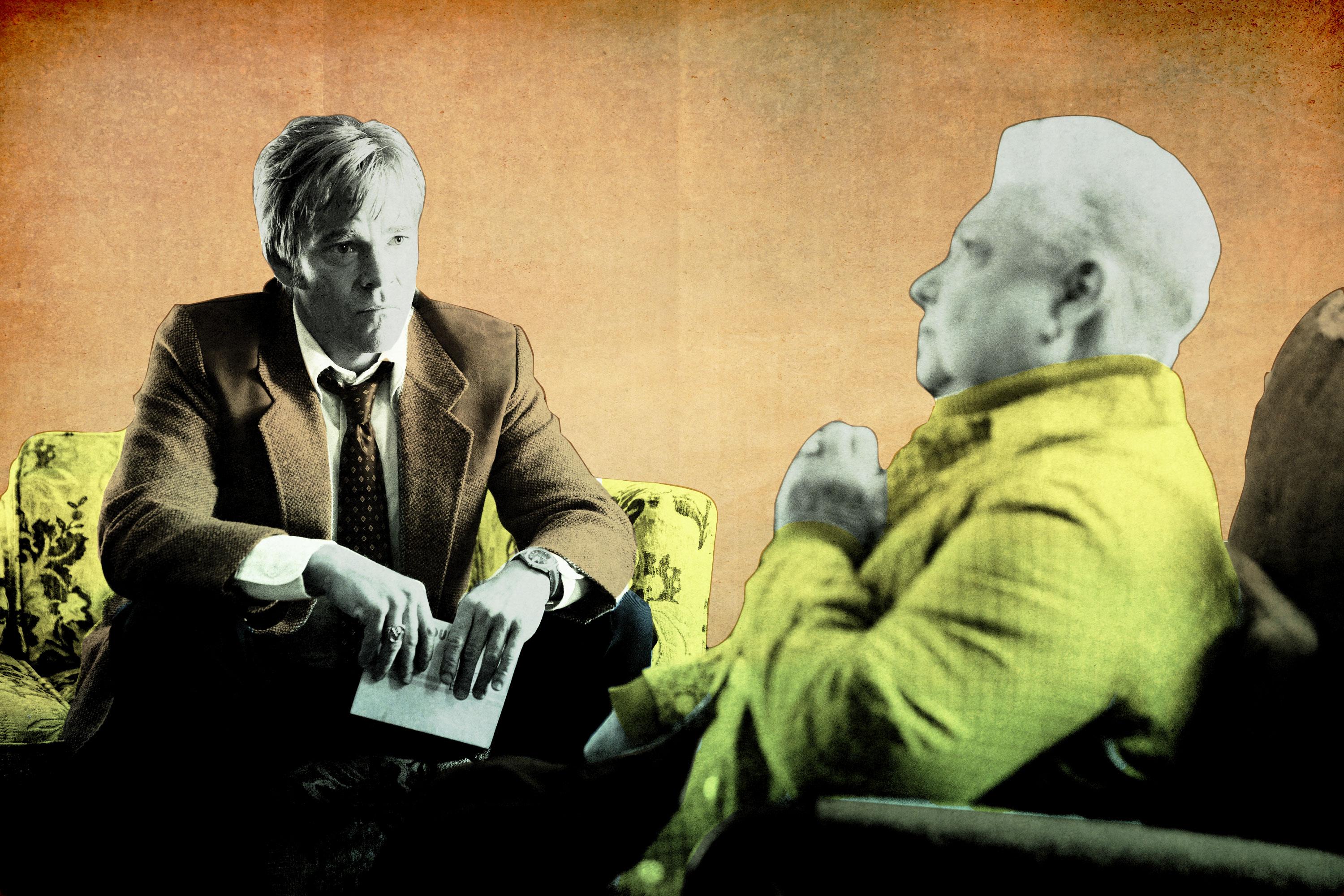

Meet the new season of True Detective, same as the first season of True Detective. OK, so Season 3 is not a complete retread of the critically acclaimed freshman season, which put this anthology series on the map, but all the hallmarks are here: We’ve got multiple timelines; a Southern setting; cops with a penchant for philosophizing, cigarettes, and liquor; brutal crimes against children; hints of the occult. You know, the good stuff. But, of course, a new season means a whole new case, and a whole new mystery to crack. While True Detective is more than the sum of its potential killer(s) (despite the timelines, this isn’t Westworld, where the only attraction is trying to guess what will happen), there’s an undeniable, compulsive thrill in looking at the clues and joining Mahershala Ali’s Detective Wayne Hays in the decades-spanning mystery about two missing children in a small Arkansas town. What really went down? Who could be responsible? What themes, dialogue, and visuals might provide clarity? Who’s wearing the best wig? That’s what we’re here to glean from week to week, continuing with the fourth episode, “The Hour and the Day.”
Who Done It?
We’re still grasping at creepy-looking straw dolls here at the season’s halfway point. The good news is we’re trending in the right direction—whittling down the list of potential suspects while compelling cases are being built for other characters who, even if they weren’t actually responsible for Will Purcell’s murder, clearly have an important part to play in the earlier timelines. (Like, for instance, who might’ve been wrongfully convicted for the murder in 1980.)
The biggest revelation this week came in the form of the whereabouts of Dan O’Brien (played by Michael Graziadei)—the cousin of Lucy (Mamie Gummer), mother of the Purcell children—in the 2015 timeline. Turns out, Dan went missing in 1990 after Julie Purcell resurfaced, and sometime between 1990 and 2015 his remains were discovered at a drained quarry in Missouri.
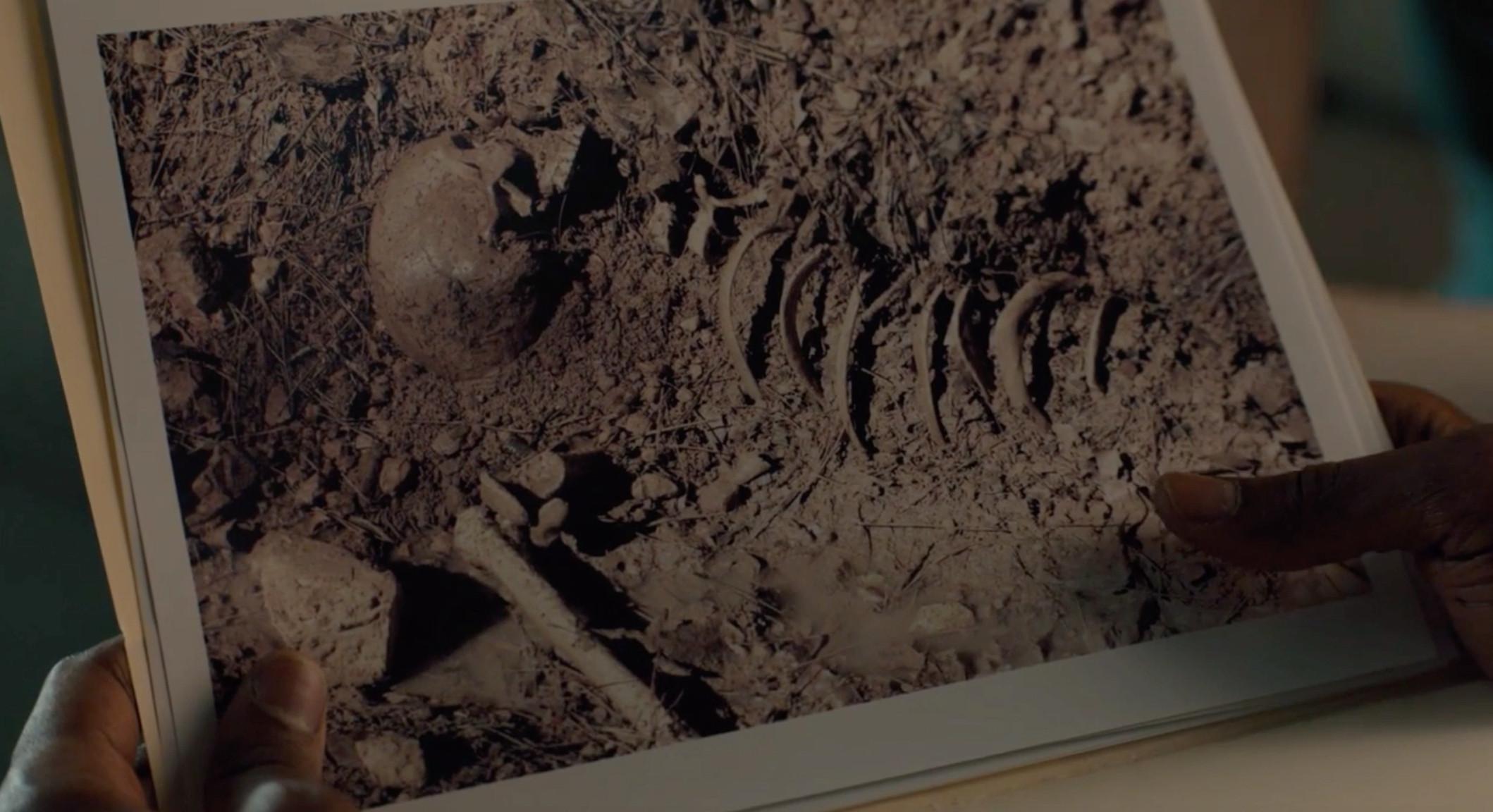
Dan quickly raised suspicion in the premiere, when Detective Hays (Mahershala Ali) and Detective Roland West (Stephen Dorff) found a peephole in Will’s closet that gave a view into Julie’s bedroom. (Dan was staying in Will’s room for several months while the Purcells dealt with marital issues.) That, combined with Dan’s previous stint in prison and the evidence implying that whoever killed Will and kidnapped Julie knew the family intimately, made Dan a person of interest. Not that Dan could be the killer, since you wouldn’t expect writer-creator Nic Pizzolatto to show his cards this early.
Granted, Dan’s death doesn’t technically absolve him of the crimes that occurred when he was still alive, but, c’mon: It wouldn’t be very cinematic if True Detective Season 3 were just leading up to Old-Person Makeup Mahershala Ali confirming that the man who’s now a pile of bones was the real perpetrator. (Plus, while we haven’t seen whether Dan’s alibi for the night of the Purcell kids’ disappearance has been corroborated, he did provide a good one: He wasn’t even in the state at the time.) But while we can probably cross Dan off the suspect list, there are other characters deserving of further inspection:
1. Freddy Burns
How bad was this week for Freddy Burns (Rhys Wakefield)? Well, Oscar winner Mahershala Ali called him a “shit-heel twerp” twice in the span of a few minutes, and also told him he was going to be raped in prison incessantly and choke in a gas chamber. (This was the second time this season that Hays has told a suspect they’d be raped in prison, thereby confirming that Pizzolatto still has no chill whatsoever.) Hays’s threats didn’t come out of nothing: Authorities found Freddy’s fingerprints on Will’s bike. And you can tell the town—and especially the Purcell family—is just itching for a conviction so everyone can try to get back to the way things were.
None of this, however, is new information for the audience. In the premiere, we knew Freddy and two of his metalhead buddies were some of the last townsfolk to see Will and Julie before they vanished, and that Freddy messed around with Will’s bike. Now, we get Freddy’s side of the story: Will was looking for his sister; Freddy, who was drunk, chased him off into the woods and then didn’t see him again. So, is Freddy guilty?
Something doesn’t track. Again, there’s compelling evidence that whoever killed Will and kidnapped Julie knew the family pretty well—well enough that they were sending little notes to Julie, and Will’s body was laid out to resemble his communion photo at the local church. Freddy, by all accounts, didn’t want to associate himself with a couple of nerdy kids. There’s no motive, and after the interrogation Hays remains convinced Freddy had nothing to do with it.
That doesn’t absolve the teen of being an asshole, but he’s probably not our guy. Whether Freddy will still be convicted of the crime—fingerprints on a dead kid’s bike is pretty damning stuff!—is another story, however, one I suspect we’ll get an answer to one way or another, as soon as next week.
2. Bret Woodard
Remember how, in last week’s episode, Bret Woodard (Michael Greyeyes) went into his shed and picked up a sack holding something whose shape bore a strong resemblance to a child-sized corpse? Well, it’s actually a bag of assault weapons—clever misdirection, True Detective!
Things aren’t going great for poor Woodard. After being beaten up by a bunch of rednecks who didn’t want him around their kids last week—the town is pinning the blame on Woodard because he collects trash, but more importantly because he’s Native American and everyone clearly carries prejudices toward people of color—the rednecks come back, guns blazing, after they see him picking up trash on the side of the road next to two kids.
Woodard is able to make it back to his house—which is lined with booby traps, a sign that serving in the Vietnam War took a heavy psychological toll on him—before the rednecks get to him, setting up a potentially fatal showdown even after Hays and Roland arrive on the scene. Because, well, this:
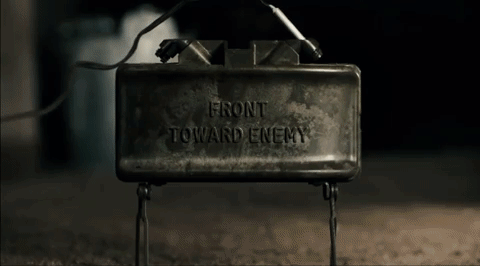
I’m not sure what kind of legal action Woodard could face over this—the rednecks were trespassing on his property, but I mean, he set off a damn explosive. Again, he’s probably not responsible for Will’s murder, but it’s hard to imagine Woodard coming out of this whole mess unscathed.
3. Sam Whitehead
As we learned last week, multiple locals in 1980 saw a “black man with a scar in a suit” around the Purcell kids before they went missing—and the closest neighbor to the area of the woods where Will and Julie were last seen told the detectives he’d previously seen a black man and a white woman in an upscale brown sedan lurking in the area. This week, we figured out where those freaky straw dolls were from: They were made by Patty Faber, an old lady who was selling them at the local church’s seasonal fair, and she tells Hays and Roland that a black man with a dead eye bought 10 of them. Dead eye? Scar on the face? Seems like the same person—but who is it?
Well, probably not Sam Whitehead, an old black man with a dead eye living in Davis Junction, a community mostly composed of poor black residents. Hays and Roland question Sam at his doorstep, asking for an alibi the night the Purcell kids went missing. Hays mentions he probably saw the case on the news. “White children,” Sam responds. “If it was in the papers, it was white children.”
Sam is a little antagonistic, but not without reason: He fears the cops are looking for a fall guy, and he does fit the vague physical description of the man who bought the straw dolls. Except it’s hard to picture someone living in a trailer gallivanting around in a fancy car wearing a suit. Besides, Sam’s neighbors—growing increasingly agitated by the detectives’ presence—can apparently corroborate his whereabouts the night of the disappearance. While the brief detour to Davis Junction is a microcosm of the discriminatory makeup of 1980s Arkansas—and the uneasy relationship between black residents and law enforcement—it likely won’t lead us to any conclusions about the Purcell case.
4. … Amelia Reardon, Actually?
Father, it’s been 25 years since my last confession. What began as a few crackpot Reddit theories and Twitter mentions about Amelia Reardon (Carmen Ejogo)—Hays’s future wife and, eventually, a successful crime novelist—being the mastermind behind this entire thing so she could jump-start her writing career has officially incepted my brain. This week, Vanity Fair even wrote a comprehensive, convincing explainer about why Amelia could be the killer.
I’m hooked. I can’t help it. Now, every time Amelia does something—whether it’s having a heated argument with Hays over the case or going to the Purcell house to drop off the children’s stuff from school—I’m treating it like the Zapruder film. Did she do something overly suspicious this week? I suppose a teacher visiting her former students’ grieving mother isn’t the weirdest thing in the world—the wheels might already be turning in her head about becoming a true-crime writer, after all. But until further notice—and perhaps against my own will—I will be treating Amelia as a suspect. You win, internet.
5. Someone We Don’t Know
This remains the most viable scenario: We just haven’t met anyone who matches the descriptions provided by witnesses. With four episodes left—and plenty still to come from the 1990 and 2015 timelines—we’ll probably be getting new suspects sooner rather than later.
This might be true all the way up to the finale; in previous seasons, Pizzolatto hasn’t placed the perpetrator anywhere near the main story line. (Unless you consider the Yellow King mowing a lawn an essential detail of Season 1.) For another week, we preach patience, and perhaps take solace in the fact that Julie Purcell is indeed alive in the 1990 timeline, spotted in surveillance footage at a Walgreens.
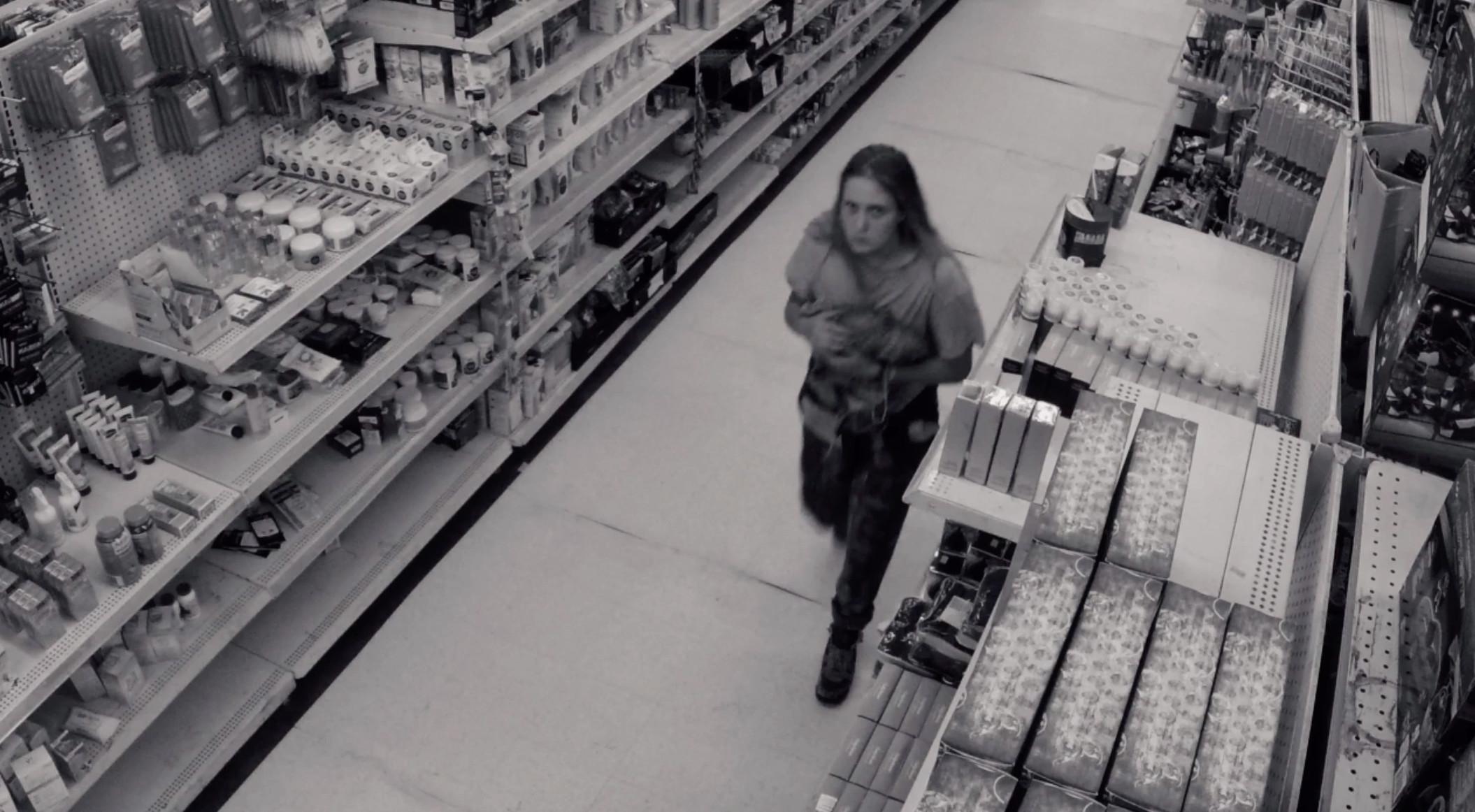
Theme of the Week: Misplaced Guilt
The third season of True Detective has had a more attentive interest in spiritual matters—not in the whole Twin Peaks–had-an-FBI-detective-solving-crimes-via-dream-logic type of way, but in terms of faith, guilt, and how those feelings should be reconciled by those closest to the unsolved case. There were plenty of heavy-handed discussions on the nature of faith when in 1980 Hays and Roland stopped by St. Michael’s church, which the Purcell kids attended. (We also learn that Hays was raised Catholic and Roland was raised Baptist, though neither of them is particularly religious in adulthood.) (Did I mention this episode was cowritten by Deadwood creator David Milch?)
The Purcell case, as was previously established, has been haunting Hays in the past four decades of his life. That he still can’t solve the case by 2015 leaves him with tremendous guilt—to say nothing of the fact that obsessing over it irreparably damaged his relationships with his family. You can already see the fissures in his marriage with Amelia in 1990, and by 2015, she’s died and something has happened to his daughter, Rebecca.
And Hays isn’t the only one compounding guilt over the case this week. After Amelia stops by with some of the kids’ old school projects in 1980, Lucy says she has the “soul of a whore” and admits to cheating on her husband, Tom (Scoot McNairy, lord of the mustache), countless times and never fully appreciating her children. She asks God for forgiveness, believing, to some extent, that bad things happen to people who deserve it. It’s devastating to watch, especially knowing Lucy will die of a drug overdose in eight years’ time.
Misplaced guilt is a through line for many crime stories—in both the people who knew the victims and in characters attempting to crack a seemingly uncrackable case. Both are on display here. Seeing this conveyed in True Detective isn’t a novel concept, of course, but it’s tragically, movingly rendered by the show’s cast and Pizzolatto and Milch’s script.
Iconic True Detective Looks, Ranked
Underneath the true-crime mysteries at the forefront of each season, True Detective is a show that is admirably devoted to capturing the aesthetics that define its many eras. With that comes some pretty incredible costume and makeup work, which we’ll be highlighting throughout the season.
4. Racist-Ass Patty Faber’s Turtleneck
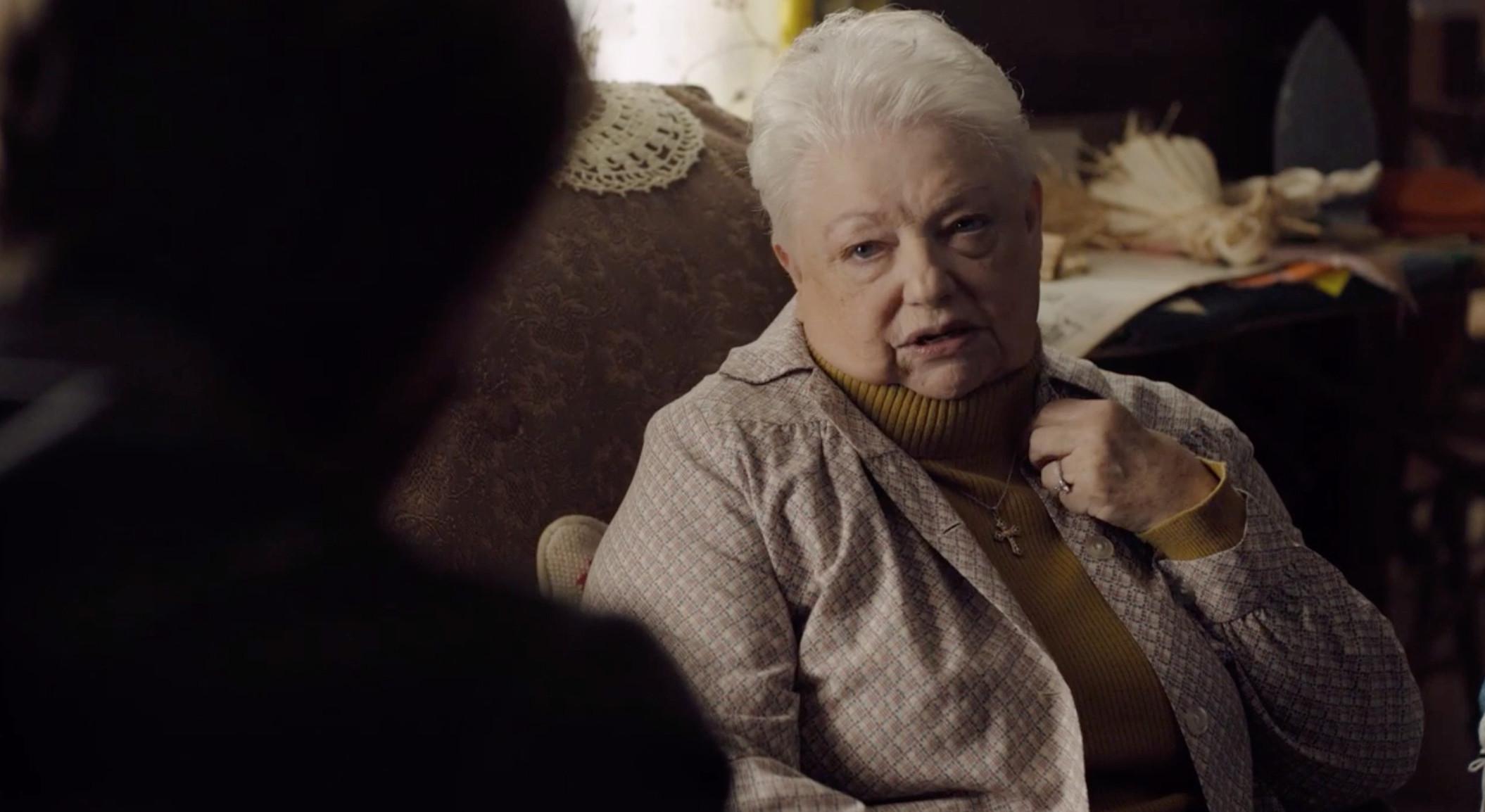
She doesn’t hide her prejudice toward Detective Hays nearly as well as she hides her neck.
3. Inebriated Scoot McNairy Passed Out on Stephen Dorff’s Couch
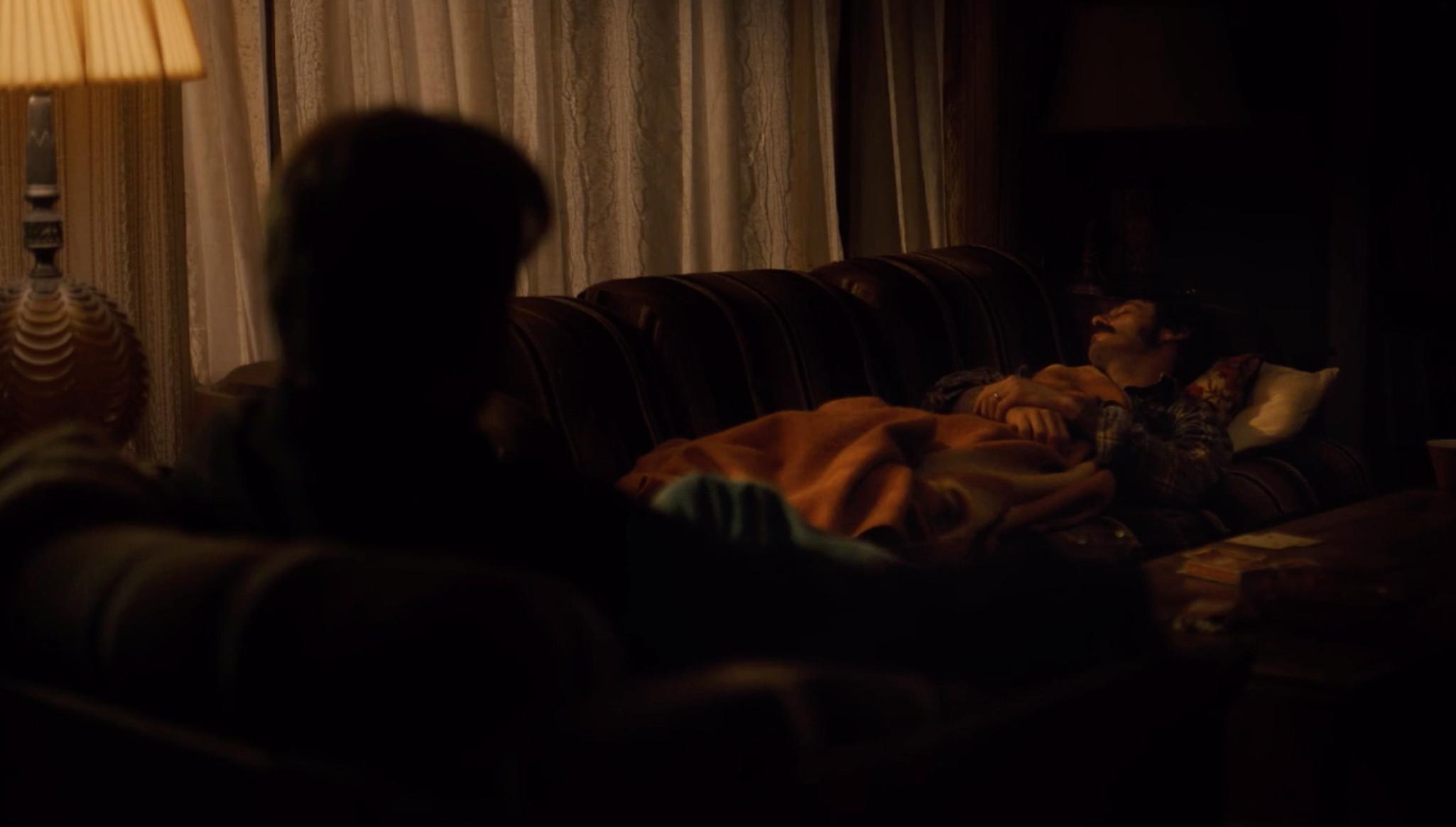
Iconic aesthetics collide in a big way when the best mustache on television and the worst wig on television share a tender moment.
2. Literally Every Part of Carmen Ejogo and Mahershala Ali’s Fancy 1980 Date Night
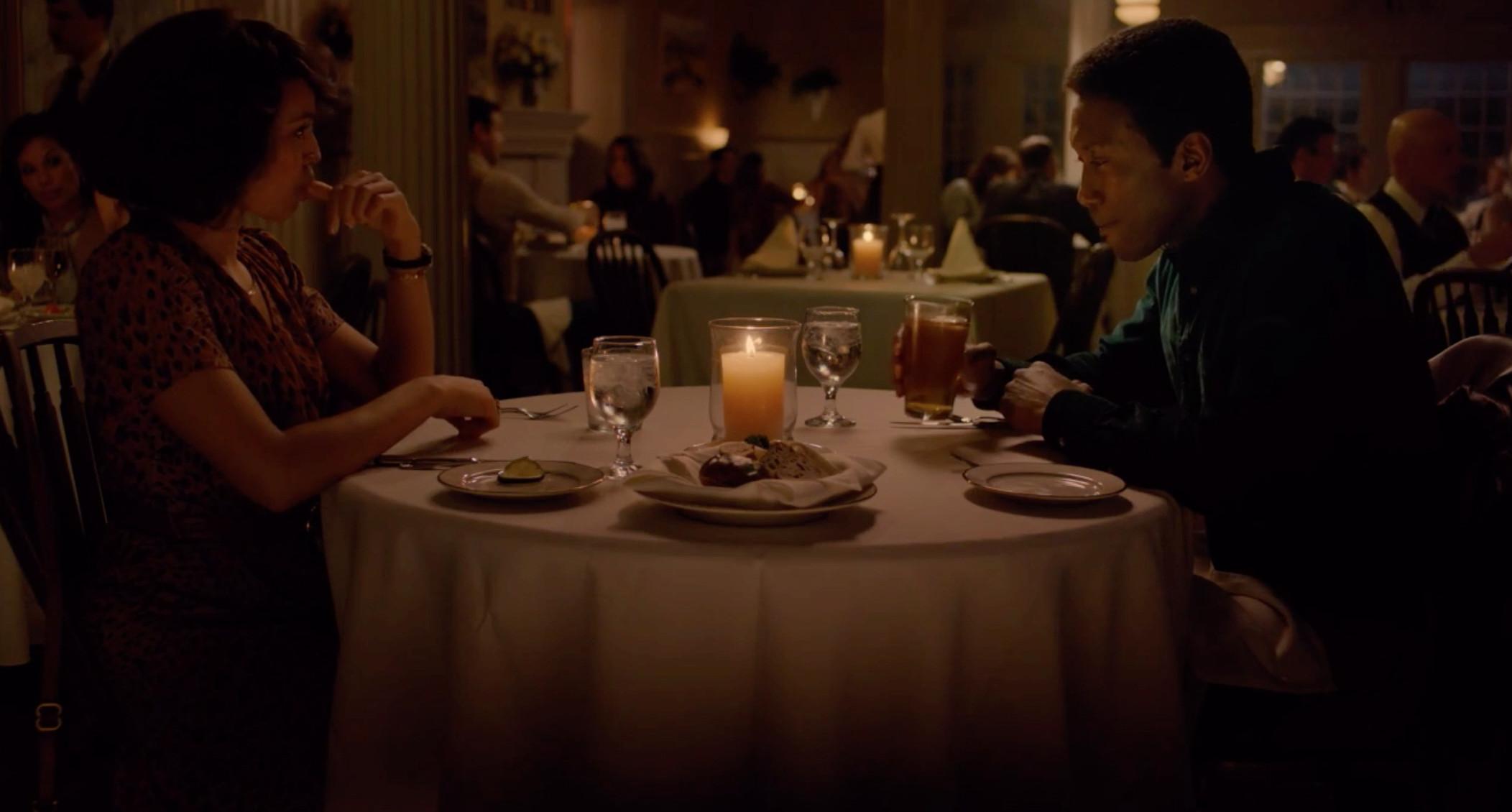
It’s worth mentioning that these two characters flirting in the earliest timeline is maybe the single best part of the show thus far. Their interplay—“I can see you being a real dog,” she says; “That’s down to you,” he replies with a knowing smirk—is sexier than anything HBO has tried to do in the past to titillate viewers, including, of course, True Detective Season 2’s many orgies.
1. Old-Person Makeup Mahershala Ali in Pajamas Being Haunted by the Viet Cong Whom He Killed During the Vietnam War, the Psychological Weight of One Man’s Trauma Colliding With the Creeping Deterioration of His Mind in Tragic and Surreal Circumstances
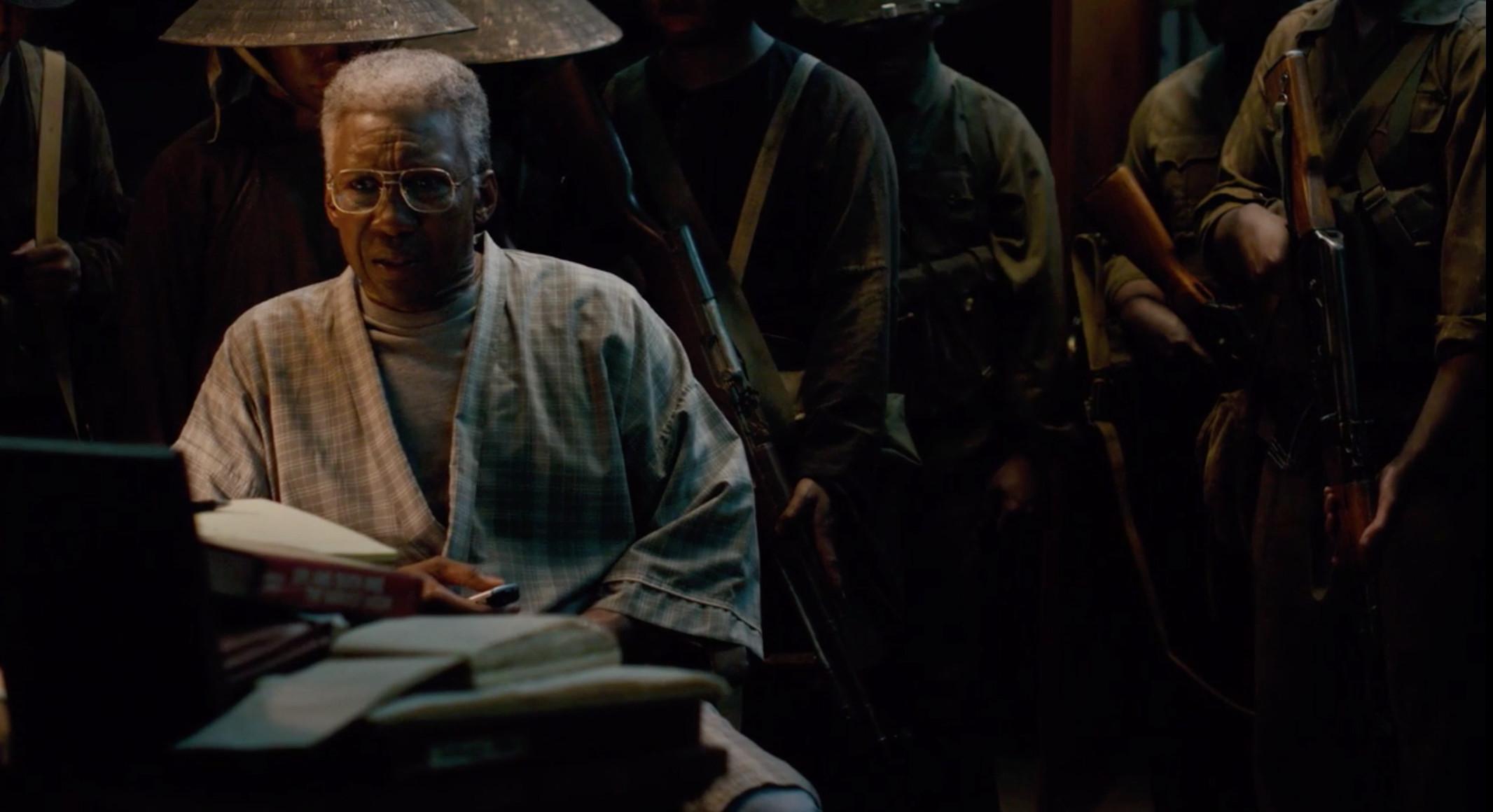
As the kids say: big mood.
Most Important Player of the Week
Mahershala Ali continues to give a powerhouse performance—it’s legitimately scary how convincing he is as an old person. He’s great again across Hays’s three timelines, but it’s worth giving special mention this week to Stephen Dorff as his partner, Roland West.
Dorff has been excellent throughout the first four episodes, illustrating how the two detectives have a strong bond and mutual respect for each other, but that there will always be a bit of a gulf between them because Roland can’t understand what it’s like to live in Hays’s shoes as a black man in rural ’80s and ’90s Arkansas. (Much of this is expressed through nonverbal cues in different police stations and interviews with townsfolk, though it becomes a lot less subtle when the two detectives visit Davis Junction and its black residents.)
Nevertheless, Roland’s rapport with Hays is genuinely moving. It’s probably the best bromance that True Detective has developed, leapfrogging the dynamic between Rust Cohle and Marty Hart in Season 1—and Colin Farrell and bags of cocaine in Season 2. Dorff also got some incredible dialogue to work with this week, including but not limited to: “There’s some serious ass up in here, I gotta get back to church,” and, “Everybody’s fucking something,” the spiritual heir to Season 2’s iconic and endlessly quotable line: “Everything is fucking.” [Takes massive, lung-puncturing bong rip.] Man, so true.
Everybody’s fucking something, the Viet Cong have invaded Mahershala Ali’s mind, and we’re inching closer to answers with each passing hour. The second half of True Detective Season 3 is going to be wild.
Disclosure: HBO is an initial investor in The Ringer.

